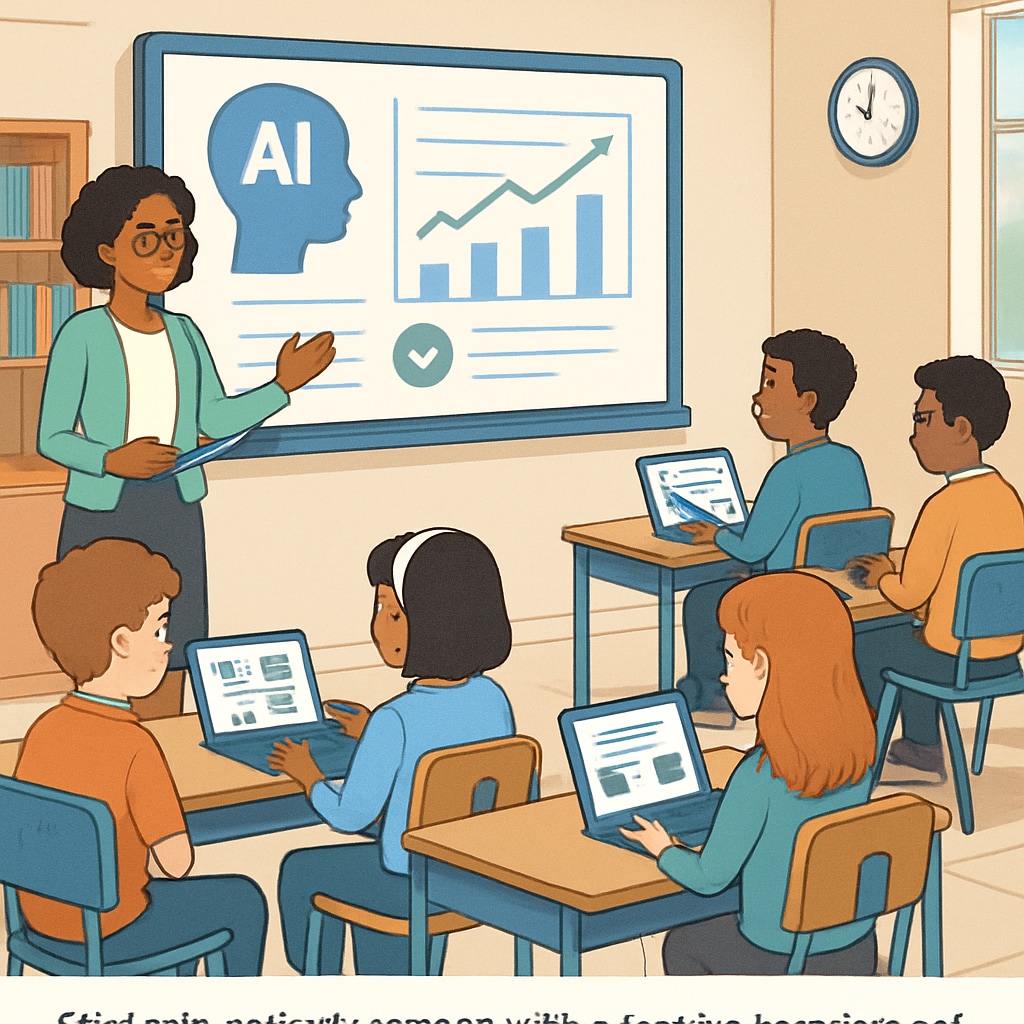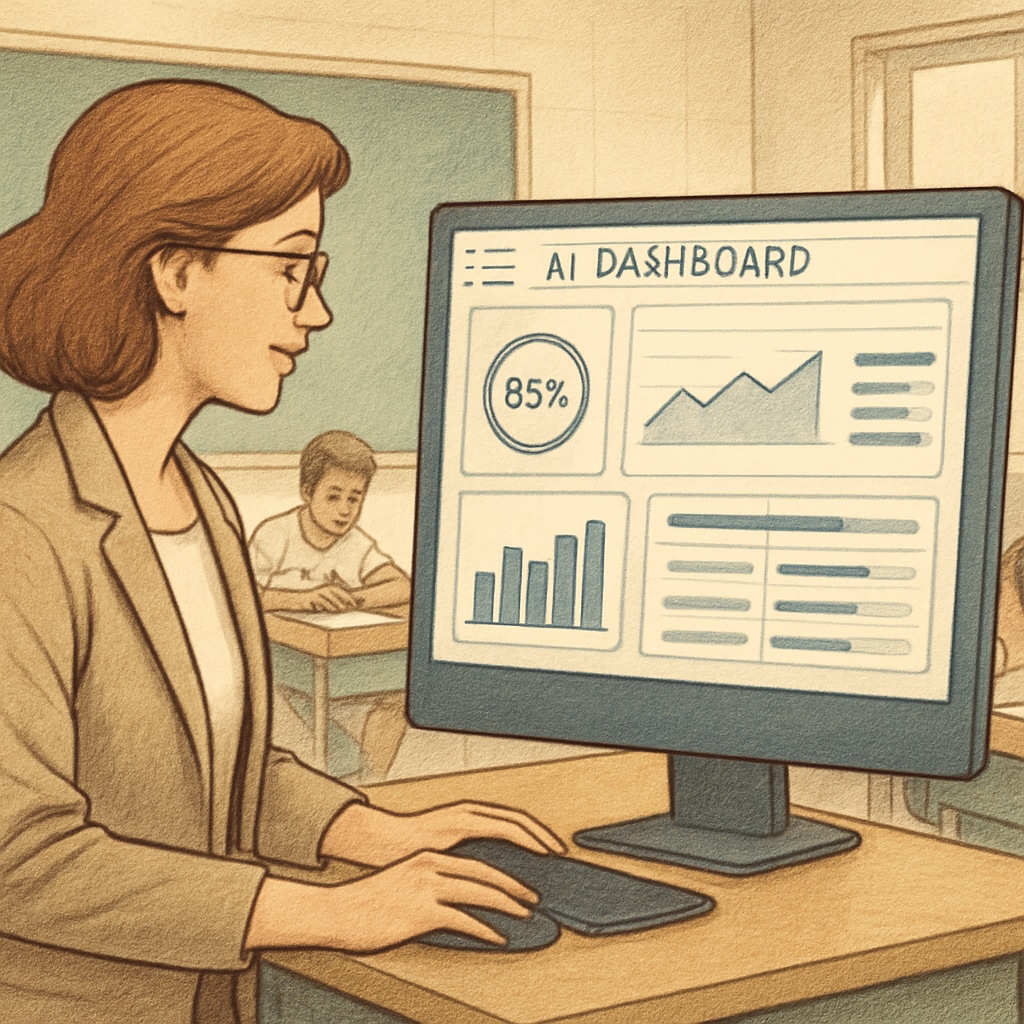Artificial Intelligence (AI) is rapidly transforming various sectors, and school education is no exception. As we look ahead to the next 5-10 years, AI promises profound changes in personalized learning, the evolving role of teachers, and innovative assessment methods. This article delves into how AI is reshaping the future of education, highlighting both opportunities and challenges.
Personalized Learning: Education Tailored to Every Student
One of the most significant impacts of AI on school education is the ability to deliver personalized learning experiences. AI-powered platforms can analyze individual student data, such as learning pace, preferences, and performance, to create customized lesson plans. For example, adaptive learning systems like Khan Academy use AI to adjust content based on student progress, ensuring that students receive the right level of instruction at the right time.

Moreover, AI can provide instant feedback to students, allowing them to understand mistakes and improve. This technology helps bridge gaps in understanding, making education more equitable and accessible. However, it also raises concerns about data privacy and the ethical use of student information.
The Changing Role of Teachers in AI-Integrated Classrooms
AI is not replacing teachers but transforming their roles. With AI handling repetitive tasks like grading and administrative work, educators can focus more on mentoring, creative teaching strategies, and emotional support for students. Teachers can also use AI analytics to identify struggling students and tailor interventions effectively.
However, the integration of AI into classrooms requires educators to develop new skill sets. Professional development programs must equip teachers with the knowledge to work alongside AI tools. As a result, the education sector will need to invest in training and resources to ensure a smooth transition.

Innovative Assessment Methods Powered by AI
Traditional assessment methods often fail to capture a student’s true abilities. AI offers innovative solutions, such as dynamic testing that adapts to a student’s skill level and interest. For instance, platforms like Britannica’s AI-based education tools are exploring ways to assess critical thinking and creativity through interactive tasks.
Additionally, AI can help in automating essay grading and detecting plagiarism, saving time while maintaining accuracy. This shift towards AI-driven evaluations aims to provide a more holistic view of student performance.
Nonetheless, there is a risk of over-reliance on technology, which could undermine human judgment and creativity in assessments. Balancing AI insights with traditional methods will be key to ensuring fairness and effectiveness.
Opportunities and Challenges in the AI Revolution
The integration of AI in school education offers immense opportunities, such as enhanced accessibility for students with disabilities, cost-effective learning solutions, and a globalized education system. However, it also presents challenges like the digital divide, ethical dilemmas, and the potential for job displacement in certain educational roles.
To address these challenges, policymakers, educators, and tech developers must collaborate to create a framework that ensures responsible AI use in schools. Transparency, ethical guidelines, and inclusivity will be critical in shaping the future of AI-driven education.
As a result, the next decade promises an exciting, albeit complex, transformation in how we approach school education. By leveraging the strengths of AI while mitigating its risks, we can create a smarter, more inclusive, and effective educational ecosystem.
Readability guidance: The article uses short paragraphs and lists to summarize key points. It incorporates transition words like “however,” “therefore,” and “for example” to ensure smooth reading. Long sentences and passive voice are minimized to enhance clarity.


